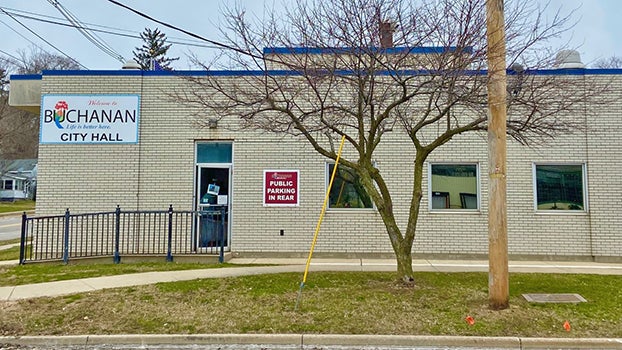Buchanan optometrist offers advice on watching solar eclipse
Published 10:12 am Friday, July 28, 2017
On Monday, Aug. 21, the U.S. mainland will experience its first total solar eclipse since 1979 and the first to cross from coast to coast since 1918. The next U.S. total eclipse will not occur again until April 8, 2024.
During this year’s eclipse event, the moon will cover at least part of the sun for two to three hours. Halfway through, a brief total eclipse of the sun will be visible within a 70-mile-wide patch from Oregon to South Carolina. The moon will completely block the sun for up to two minutes and 40 seconds. It is one of nature’s most awesome sights to see and during this phase is the only safe time to look at the eclipse with the naked eye.
The safe viewing phase for the naked eye is expected to last only about 30 seconds and only if the viewer is in the direct path of the total eclipse.
For those viewing the eclipse in the Michiana area, there will be an 80 to 90 percent lunar eclipse. It is important to not watch this eclipse with the naked eye in this geographical location. Watching solar events can be an exciting and educational experience, but people should do so carefully. Looking at a solar eclipse or other solar event without proper protection can result in serious eye damage.
“Directly viewing the eclipse or other solar events without proper eye protection is very dangerous and can cause a painless loss of vision, even if the brightness of the light seems comfortable to the viewer,” said Buchanan optometrist, Dr. Brenda Smoke of Smoke Vision Care.
Both visible and invisible rays from the sun can burn the eye’s retina if a viewer looks at it directly without protection. The retina is the delicate lining at the back of the eye that contains layers of light-sensitive nerve cells used for seeing.
Retinal burns cause a temporary or permanent vision loss based on the degree of exposure. Light-induced retinal injuries can occur without any feeling of pain and the effects of the injuries may not appear for at least several hours after the damage is done.
According to Smoke, there is no safe time to view this eclipse event with the naked eye in this geographical location.
The only safe way to look directly at the uneclipsed or partially eclipsed sun is through special-purpose solar filters such as eclipse glasses. It is unsafe to view the eclipse using any of the following: your sunglasses, color film, black and white film, medical x-ray films with images on them, smoked glass, photographic neutral density filters or polarizing filters. There are four manufacturers that have certified eclipse glasses and hand-held solar viewers that meet the standards.
Eclipse viewing glasses can be purchased inexpensively through many sources. Learn more about how to safely view by visiting the American Optometric Association’s informational page at aoa.org/2017eclipse or the American Astronomical Society’s at eclipse.aas.org.






